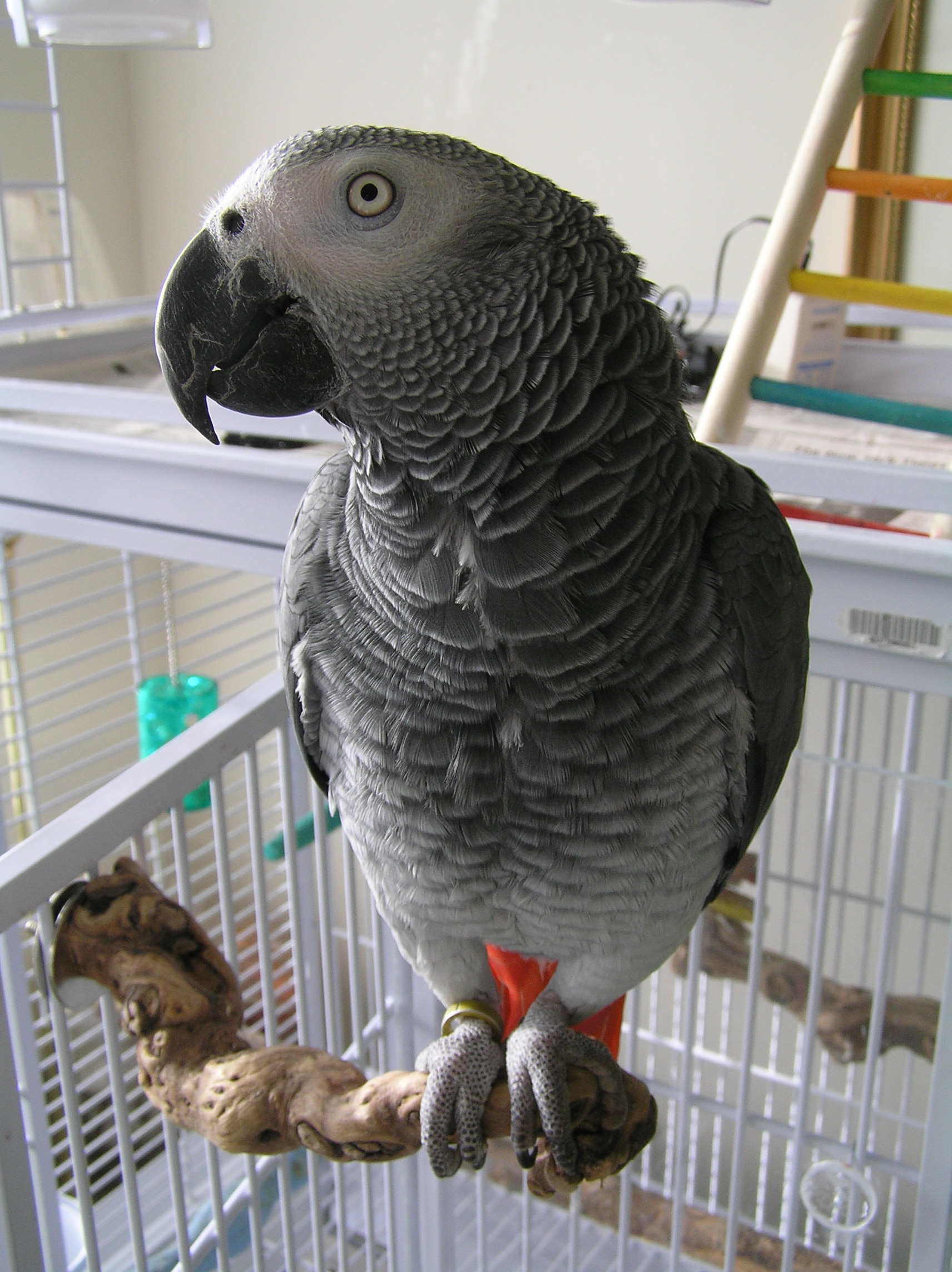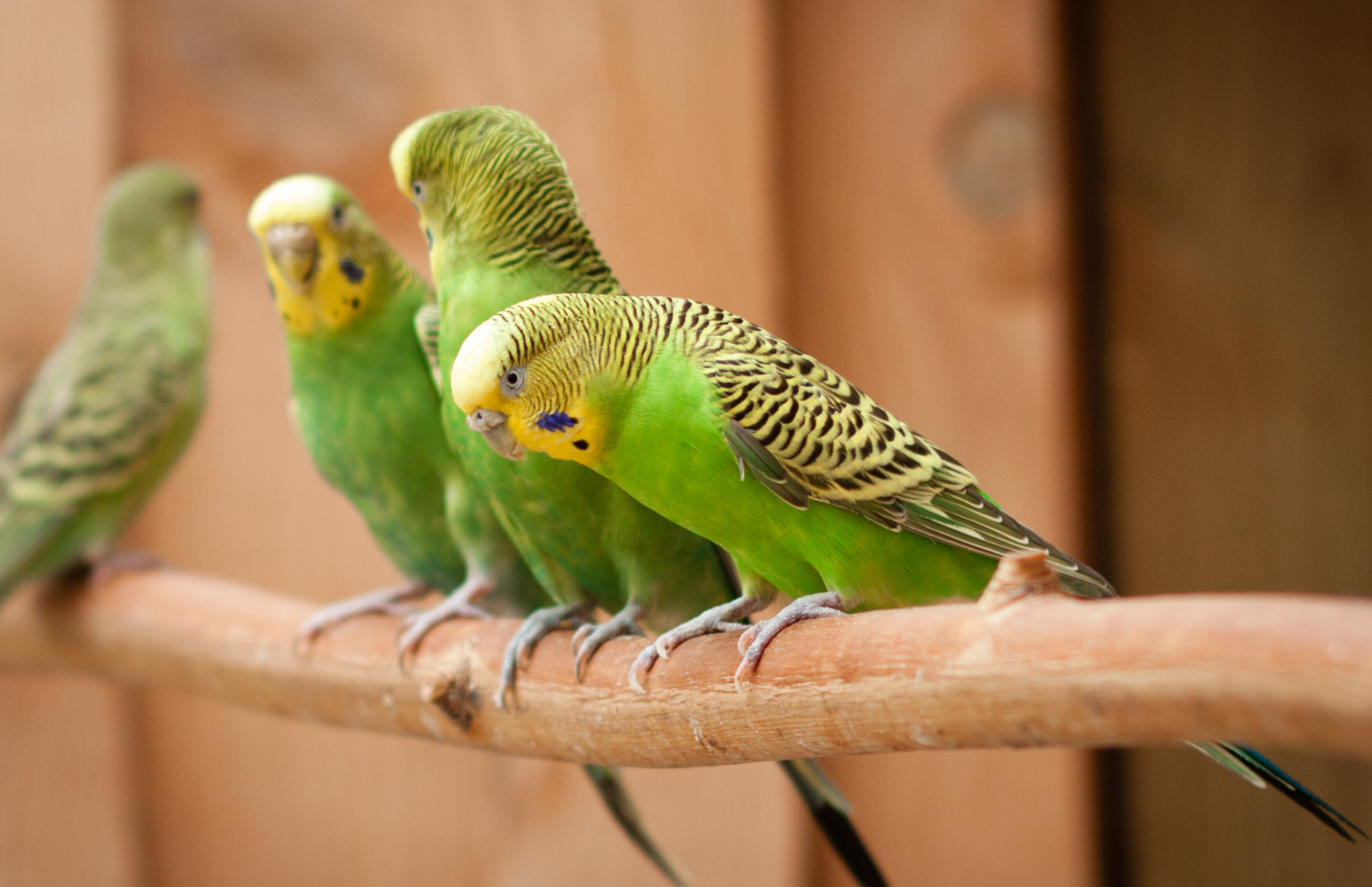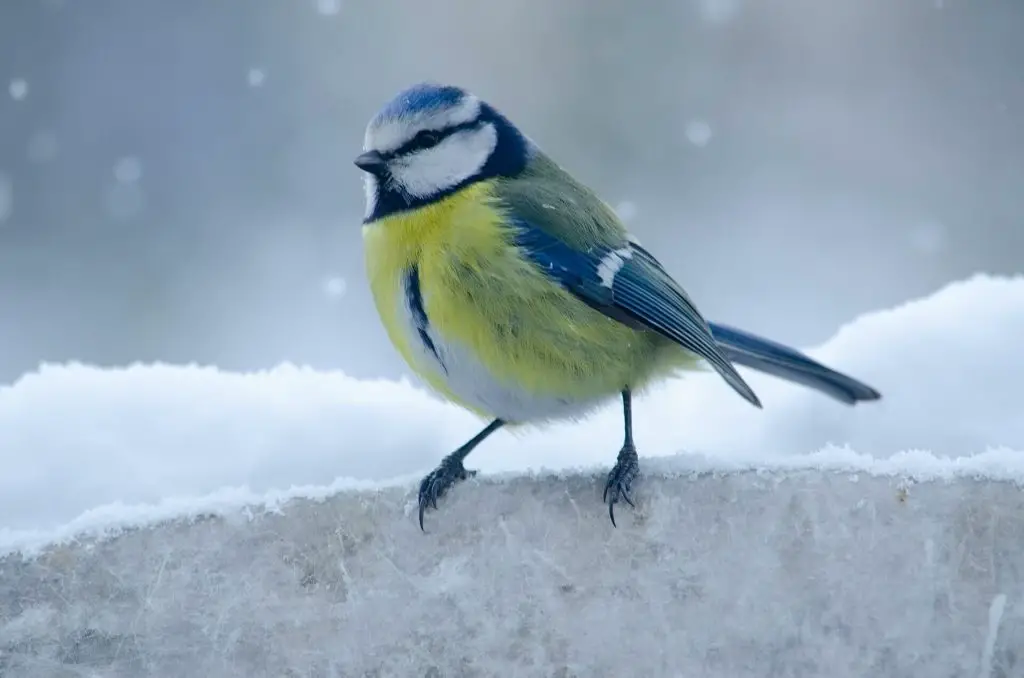House birds exhibit varying behaviors with an intent to communicate to their owners and sometimes as a reaction to environmental or psychological conditions.
A common pet bird’s behavior you are likely to notice is shaking and shivering, particularly with parrot species such as Cockatiels, Quakers, Conures, and Budgies.

Shaking or shivering is common birds’ behavior when trying to relax, cold, stressed, bored, anxious, or even excited, though you may want to check for symptoms and signs of illness just to be sure.
From experience, most birds (parrots) shake or shiver as a reaction to cold conditions or when stressed and anxious.
While many birds have feathers to keep them warm, they still react to a change in weather (like when the temperatures get too low) by shaking their muscles, the same way human beings shiver.
They’ll shiver to warm themselves up around the wings and thighs.
Even so, if the weather is warm, then your bird is probably shivering or shaking due to other reasons.
Parrots not shaking due to cold will tremble if they are excited, irritated, bored, stressed, or sick.
Read on for more insight on why your pet bird is shaking and help you figure out if you need to take him to an avian vet.
Why Your Cockatiel is Shaking or Shivering
A shivering cockatiel can quite easily cause alarm to an inexperienced owner, even though it’s normal and healthy for most parrot species to shake.
Same way we humans shiver, cockatiels (and other parrots) do as well, only that the trembles are more prominent and apparent in birds than in us folks.
In fact, if you get to experience large parrot species like Amazons, Macaws, or African greys, you’ll probably notice the shaking is more noticeable and concerning than in cocktails.
Most cockatiels will shiver (or shake) when they are excited, stressed, cold, anxious, bored, or irritated. Usually, the reason will manifest together with other behaviors such as screaming, hissing, biting, shaking of the head or tail, and flapping of wings.
That said, please note that a sick cockatiel may also shiver.
A cockatiel (parrot) shaking due to illness will be fluffed up, sluggish, lethargic, and stressed, and the shivers will be more pronounced than in typical situations. Your cockatiel’s wings will also remain drooping, and he will sit ruffled and not respond to human interaction.
In case your cockatiel is shivering due to cold, I recommend you raise the temperature in his perch or cage. Place him under a heating lamp or in a brooder if you suspect the bird is sick but can’t get him to a veterinarian immediately.
Only make sure the temperature is safe for your cockatiel. Especially look out for slightly open wings and panting as there are usually the first signs of heat stress in birds.
Please note that shaking and shivering behavior is almost standard for all parrot species, meaning a Conure, Quaker, Amazon, African Grey, and even budgies will tremble for similar reasons to those of a cockatiel, regardless of the difference in size.
Why Your Pet Bird (Parrot) is Shaking It’s Head
Same as shivering, head shaking, and bobbing is typical bird behavior, though the movements can vary from one bird species to another.
Usually, very young parrots bob their heads, as do Quakers parrots.
Quakers do a signature side-by-side headshake (sometimes up and down boobing) as if saying no, which they often accompany with a little squark. Whereas African grey parrots shake their head almost as if something is tingling in their ears.
While no one really knows for sure why Quakers and African greys shake their head, with most birds (and parrots), it’s ordinarily an attention-seeking technique, especially among pet (house or caged) birds.
Even so, if the head-shaking is too prolonged or accompanied by an ill parrot bow and bob, consider taking your pet to a vet advisably after close observation.
Vigorous and constant head shaking in birds (parrots) may be as a result of an ear or nasal infection.
Lastly, your bird’s head boobing may be due to your pet being anxious to go somewhere or do something different or regurgitating to you in an effort to bond.
It’s pretty typical for pet birds to regurgitate on other birds, their favorite people, or toy as a sign of affection and a natural courting performance as well.
Do Birds Shake When Scared😨
There are a few physical tells that let you know when your parrot is scared, which they often are in a new environment, but I don’t think shaking is one of them.
As with all pets (and even wild animals), reaction to any threat or danger is either fight or flight.
So, I’m guessing if your birdie is scared for whatever reason, their prey animal instincts will tell them to fly away, perhaps faster than you can catch them shaking from fear.
Even if your birdie is cornered (inside the cage), he (she) will most likely flap like crazy and fly into the safest corner away from the threat, but not freeze, shaking in one spot.
Panting is perhaps a better indicator of a scared or startled bird, which is pretty apparent than shaking.
A panting bird will breathe with its beak slightly open, with the feathers sleek and flat and eyes wide open. The bird will be overwhelmed, act agitated, and eager to get back to the safety of its cage.
Why Do Birds Shake Their Tail Feathers
Perhaps you’ve only known of dogs wagging their tails to communicate their feeling. Well, birds do it too.
A bird’s tail wag may not be as pronounced as a dog’s, but they still use it for body language.
So, what does it mean when your birdie wags its tail?
There could be several reasons ranging from happiness, stress, aggression, and even balance.
A bird happy to see you or jolly going around his business and enjoying his toys will mostly flip or wag his tail in one or two motions. But a stressed bird will fan its tail paired with negative behavior, such as screaming, hiding, and biting.

A quick side-to-side tail shake is called wagging. When accompanied by a pleasant, active demeanor, the shake indicates a healthy, happy little bird going about her daily routine: The Nest
For balance, your bird will move its tail more while in motion or flight.
After preening, your birdie may also shake its tail feather to place them back in line, which is part of grooming.
Thats all for this post.
Happy Birding🦜🐦.
